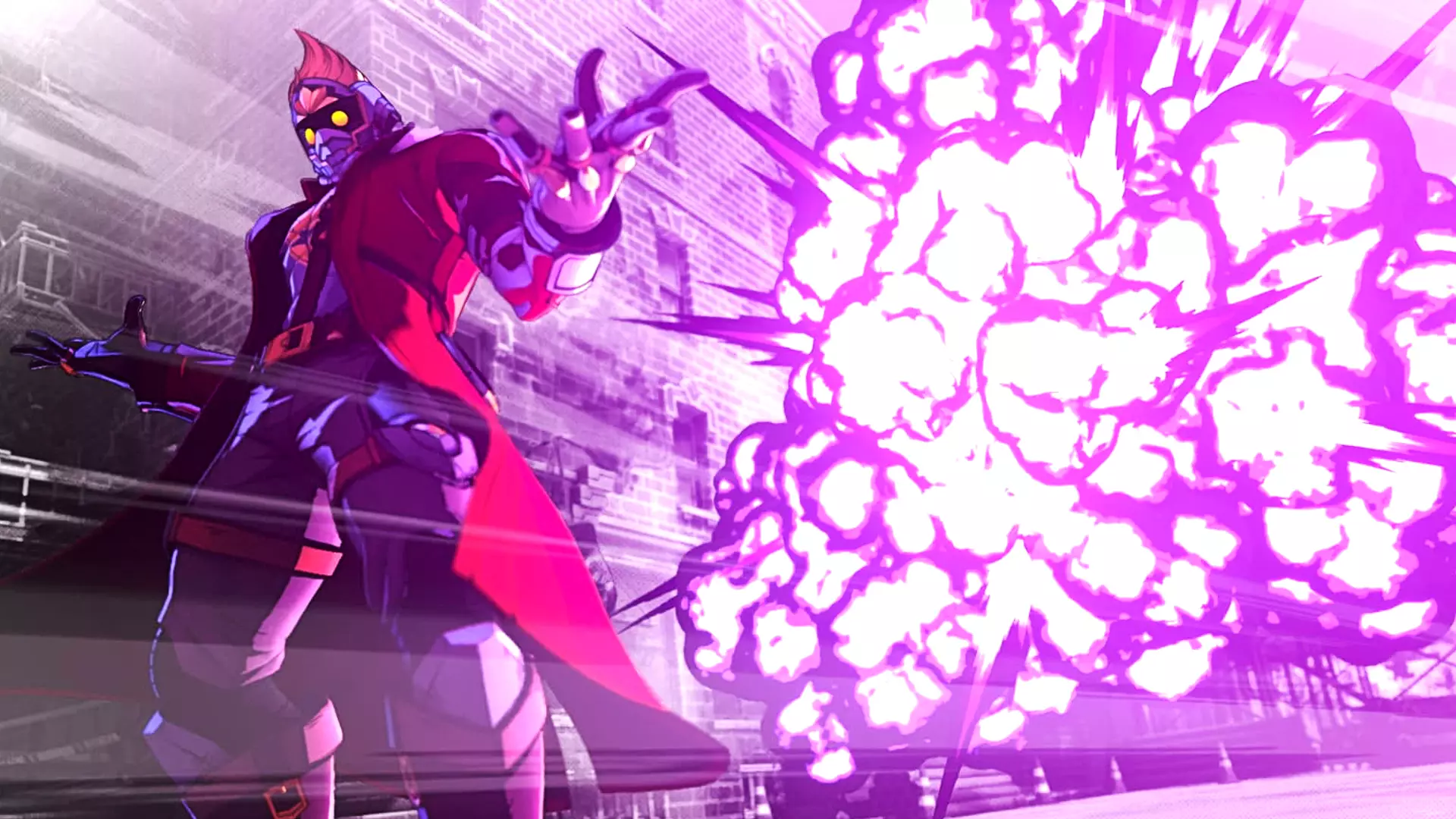The unveiling of MARVEL Tōkon: Fighting Souls at Sony’s recent PlayStation State of Play showcase has sent ripples of excitement through the gaming community. This 4v4 tag fighter, developed by the esteemed Arc System Works, merges the power of Marvel’s iconic superheroes with a vibrant anime aesthetic that stands apart from traditional fighting games. However, the journey to conceptualize this unique visual style was marked by a significant pivot from initial plans, making the outcome all the more intriguing and worth exploring.
Creative Clashes: A Shift in Vision
Initially, Arc System Works envisioned an aesthetic more aligned with Marvel’s comic book legacy. Producer Takeshi Yamanaka recounts that during the early stages of development, the design team submitted their proposals, only to face skepticism from Marvel’s product development manager, Michael Francisco. His feedback revealed a disconnect between Arc System Works’ vision and Marvel’s expectations. Francisco’s desire for an anime-inspired aesthetic was a game-changer; he urged Arc to showcase the Marvel universe through their unique lens. Yamanaka’s reflections on this dialogue are important—they highlight the often-complicated relationship between developers and IP holders. Finding common ground is crucial for artistic expression, and in this case, it resulted in a product that marries both the boldness of Marvel and the artistry of anime.
The Allure of Anime: Why It Matters
The introduction of anime-inspired designs has far-reaching implications for the game’s identity. By channeling the stylistic choices seen in previous Arc System Works titles, such as the celebrated Guilty Gear series, MARVEL Tōkon: Fighting Souls not only pays homage to its roots but also establishes a unique brand image. The distinctiveness of the anime aesthetic enhances character designs, with dramatic visuals and fluid animations that enhance the combat experience. This cultural fusion of Japanese artistry and iconic Western characters presents a fascinating cross-pollination of two powerful worlds, enticing players who may favor one style over the other or are looking for an engaging mix.
Character Design: A Marriage of Cultures
One of the most exciting aspects of the game is the character design, particularly the reimagined Iron Man. Francisco’s enthusiasm is palpable as he recalls the moment the new design was revealed. The infusion of Japanese design elements into Iron Man’s appearance not only appealed to Marvel’s aesthetic but also solidified the vision for the game. It emphasizes how adapting character designs to reflect a different cultural milieu can yield fantastic results. By coupling Western superhero personas with Japanese artistic influences, Iron Man transforms into a character that feels both familiar and refreshingly new.
A Global Agenda: From Japan to the World
As pointed out by PlayStation Studios senior producer Reed Baird, the mantra of “from Japan to the world” encapsulates the project’s ambition. This phrase isn’t merely a tagline; it embodies a philosophy aimed at global outreach. The game intends to showcase not just an entertainment product but an amalgamation of cultural narratives, appealing to international audiences while delivering a local flavor. The innovation lies in how gameplay mechanics and artistic choices reflect a collective vision, aiming to deliver something universally captivating yet distinctly rooted in Japanese culture.
The Art of Community Engagement
The process of creating MARVEL Tōkon: Fighting Souls exemplifies a broader trend in the industry: the importance of community involvement in game development. By incorporating feedback from Marvel Games and prioritizing artistic dialogue, Arc System Works has underscored that successful game design is a collaborative effort. Players today crave not just polished gameplay but a sense of investment in the creative process. The way artistic choices have evolved through this cooperation speaks volumes about the potential for community-enhanced game development—an avenue that could redefine industry norms.
Final Thoughts on an Anticipated Release
As anticipation builds for the release of MARVEL Tōkon: Fighting Souls, it captures a pivotal moment in gaming: the interplay between art, culture, and community. The enhancements brought forth by the anime aesthetic promise not only a visually stunning experience but also a deeper connection to the characters we know and love. This project exemplifies how the gaming landscape is evolving, embracing diverse influences to create richer, more fulfilling experiences for players worldwide.

